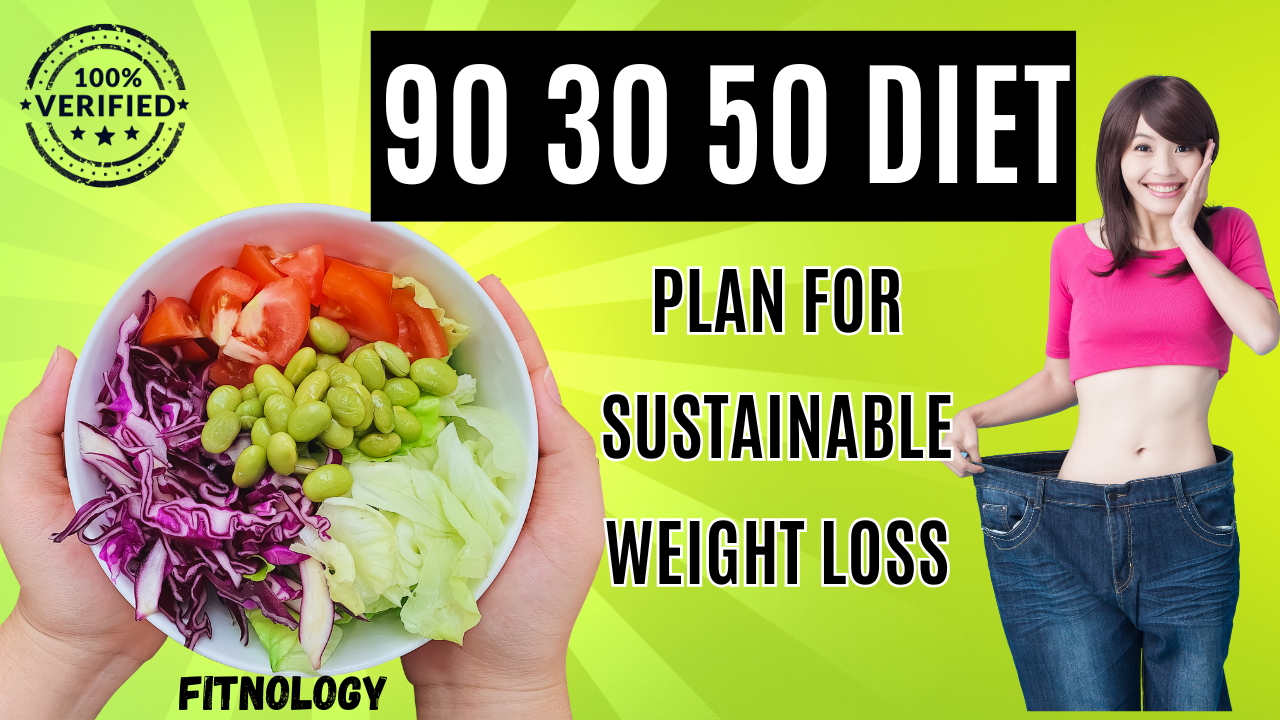Introduction
Many people embark on a weight loss journey but struggle to achieve a healthy balance in their Diet, lifestyle, and goals. The 90 30 50 diet plan has become popular for its effectiveness and simplicity. The Diet is based on macronutrients and portion control, which makes it a practical way to lose weight. This post will explore the 90-30-50 diet plan, its effectiveness, and how you can incorporate it into your everyday life. Now, let’s get into the specifics.
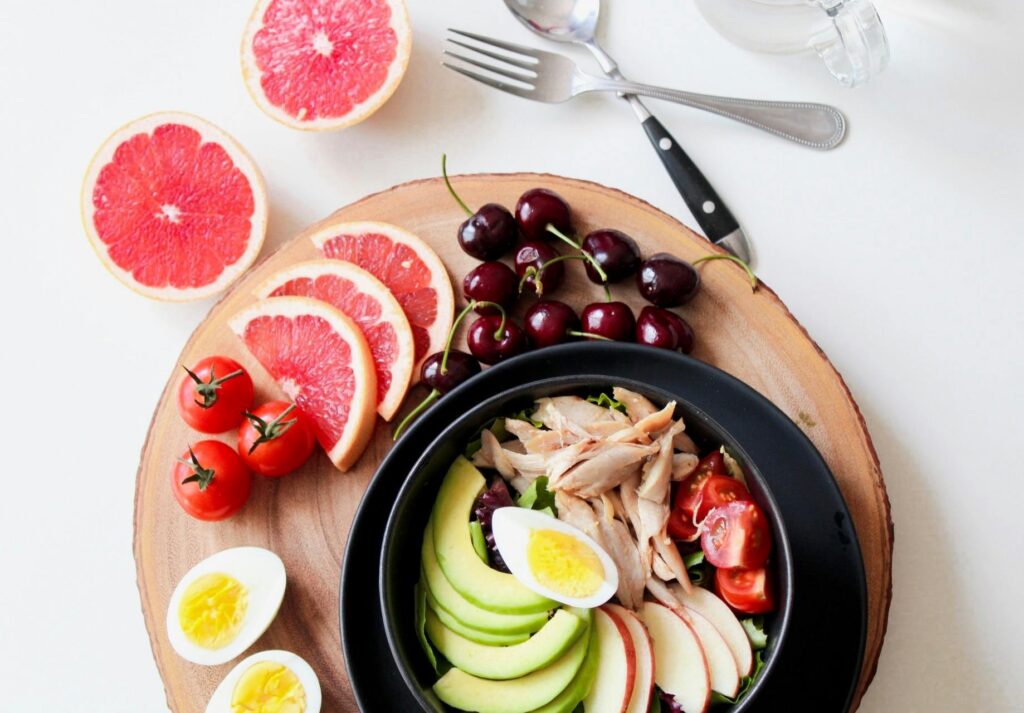
What is the 90 30 50 Diet Plan?
This Diet is based on an easy concept. You structure your daily meals so that they include 90 grams of protein, 30 grams of fat, and 50 grams of carbohydrates. The combination of macronutrients ensures that your body receives the necessary nutrients for energy production, muscle repair, and fat metabolism.
Plan emphasizes macronutrient tracking and portion control, which are two important aspects that are often ignored in diet fads. The 90 30 50 plan offers clarity by setting gram-based goals.
Why the 90 30 50 Ratio Works ?
Protein (90 grams):
The role of protein in metabolism, muscle repair, and satiety is crucial. The thermic effects of food can increase calorie burning by 15-30% with a high-protein diet.
Fat (30 grams):
Fat in the Diet is essential for hormone production, brain functions, and energy. Healthy fats, which are often demonized, are vital for weight loss.
Carbs (50 grams):
Limiting carbs to just 50 grams encourages the body to use fat as energy, which is known as ketosis. A lower carbohydrate intake stabilizes the blood sugar and reduces hunger.
It is important to maintain a balance between fat-burning and muscle maintenance.
Benefits of the 90 30 50 Diet Plan
- Simplicity: By setting specific goals, you can easily plan your meals and monitor your progress.
- Sustainability: The 90-30-50 plan is more sustainable than extreme diets because it allows for different food choices, which reduces burnout.
- Evidence-Based: Scientific research is used to support the focus on macronutrients, which ensures real results.
- No Extreme Restrictions: Although carbs are limited, it does not eliminate any food groups. It makes the plan practical to follow for a long time.
The meal prep was an incredible game-changer. Meal planning helped me to avoid eating impulsively and made it easier for me to maintain my Diet.
How to Implement the 90 30 50 Diet Plan
Step 1: Plan Your Meals
Breakfast
- For example, two eggs with spinach and half an avocado.
- Protein: 15 grams
- Fat: 15 grams
- Carbs: 5 grams

Lunch
- For example, Grilled breast of chicken on a green bed with olive oil, almonds, and some almonds.
- Protein: 40 grams
- Fat: 10 grams
- Carbs: 10 grams
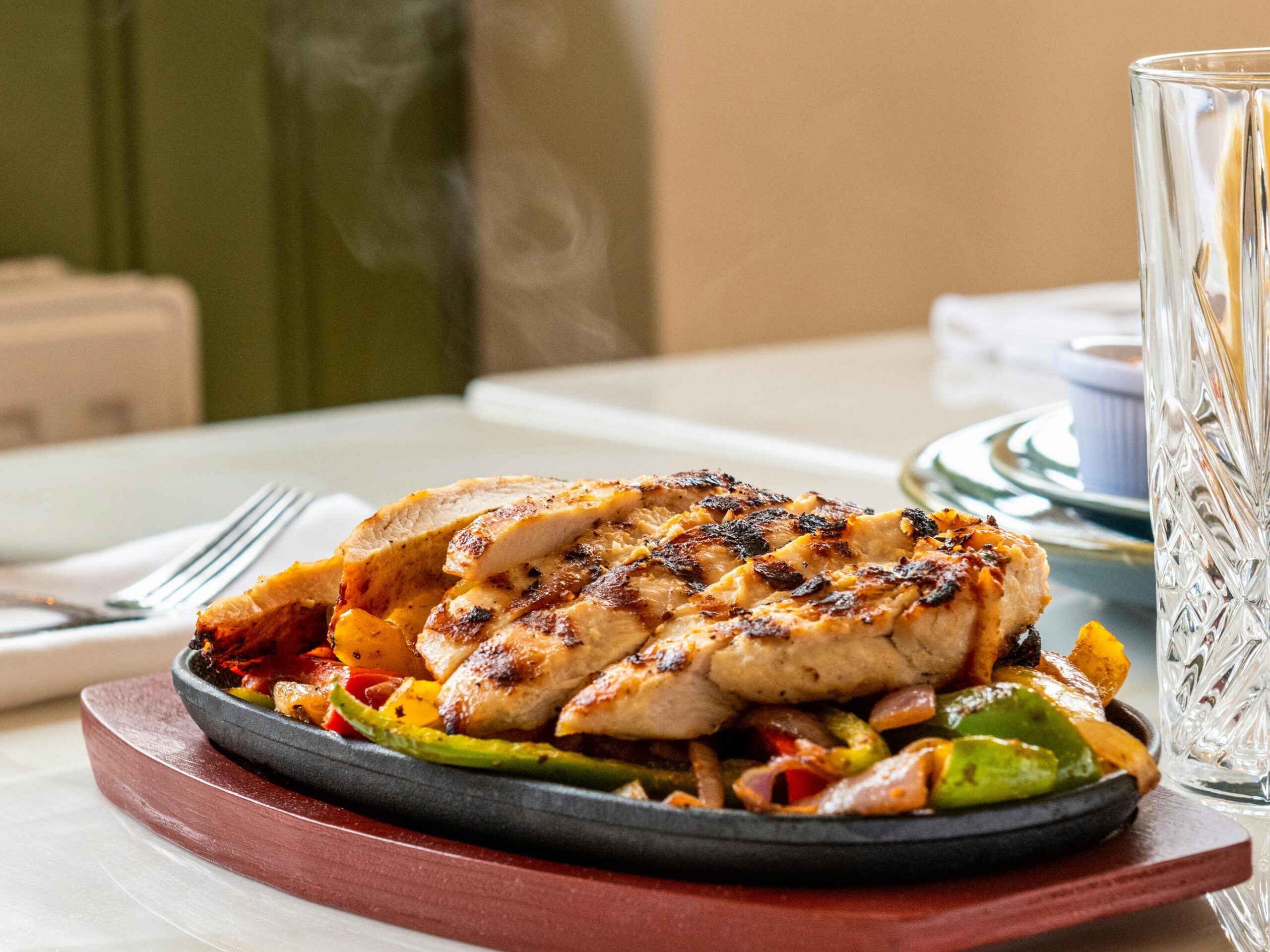
Dinner
- For example, baked salmon, steamed broccoli, and cauliflower rice.
- Protein: 35 grams
- Fat: 5 grams
- Carbs: 10 grams
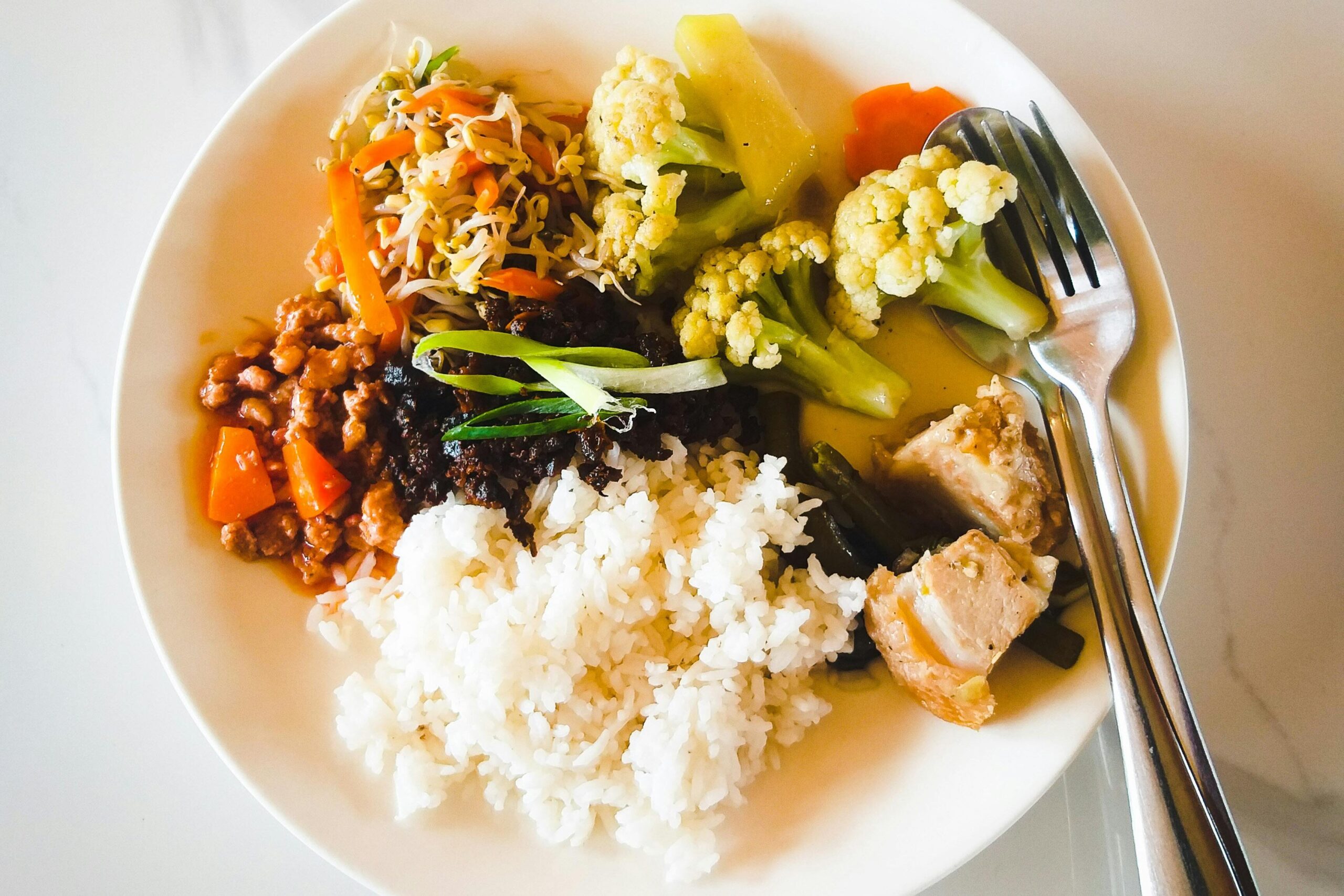
Snacks
- For example, a hard-boiled or almond milk protein shake.
- Protein: 10–20 grams
- Fat: 5 grams
- Carbs: Minimal
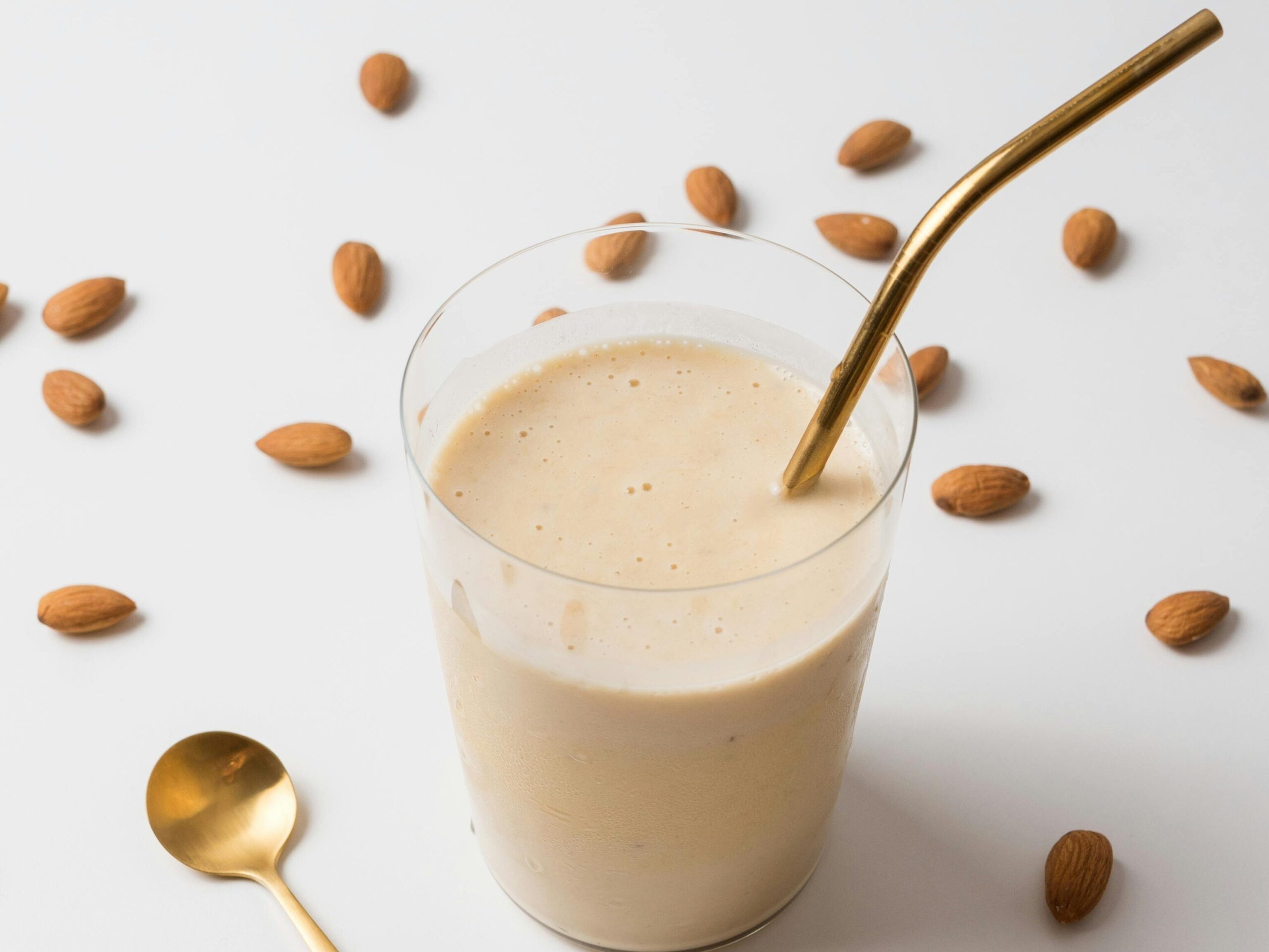
Step 2: Choose Nutrient-Dense Foods
Whole foods such as lean meats and fish, eggs, nuts, seeds, vegetables, and healthy oils should be prioritized. Processed foods can alter your macronutrient balance.
Step 3: Monitor Your Progress
Weekly track your energy and weight. You can adjust your Diet as necessary to remain on track.
Foods to Include and Avoid
Foods to Include:
- Proteins: chicken, turkey, salmon, eggs, yogurt with Greek yogurt, and whey.
- Healthy Fats: Avocados, olive oils, nuts, seeds, and fatty fish such as salmon are all good sources of healthy fats.
- Low-Carb Options: Spinach, kale, zucchini, cauliflower, broccoli, berries.
Foods to Avoid:
- Sugary Snacks: Candy, sweet cereals, and cakes.
- Refined Carbs: Sugary drinks, white bread, and pasta
- Unhealthy Fats: trans-fats in foods such as chips, fried food, and other processed items.
I remember feeling skeptical at first. Can a simple ratio of macronutrients work? As I followed the plan, I saw consistent energy and reduced cravings.
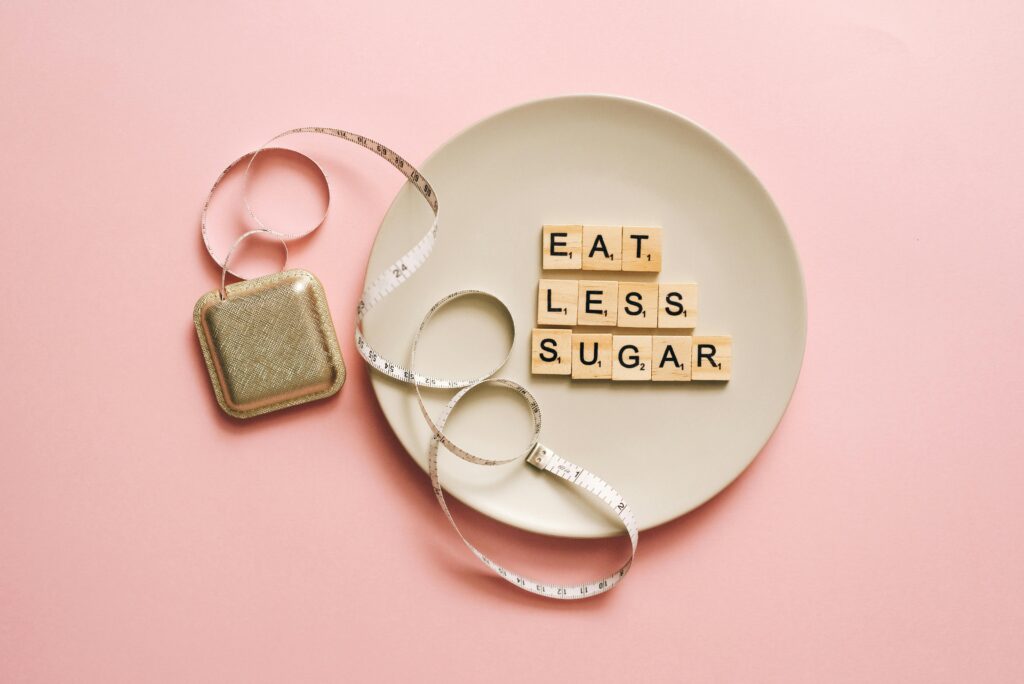
Who Can Benefit from the 90 30 50 Diet?
- Weight Loss Seekers: This program is for those who want a flexible and structured way to shed pounds.
- Fitness Lovers: Helps to reduce fat while maintaining muscle mass.
- Busy Individuals: The simplicity of tracking and planning allows it to be used by those with hectic schedules.
- People Who Struggle with Portion Control: the gram-based method eliminates any guesswork.
Eating out was a challenge. It took me a while to get used to estimating portions and choosing options to fit my plan.
Case Studies: Real Results with the 90 30 50 Diet Plan
Case Study 1: Jane’s Transformation
Jane, 35, is a working professional who lost 15 pounds using the 90-30-50 plan in just 8 weeks. She also reported improved energy levels and sleep quality. She used:
- App to track your meals
- Prepare snacks such as boiled eggs or almonds.
- Staying consistent even during busy weeks.
Case Study 2: John’s Weight Loss Journey
John, 42, is a fitness fanatic who used this plan to overcome a plateau in weight loss. He lost 8% of his body weight in just 12 weeks by reducing the carbs he ate to 50 grams per day. He gave the following tips:
- Incorporating high-protein shakes.
- Spices can make food more delicious.
- Keep hydrated, and you will curb your hunger.
Common Challenges and How to Overcome Them
- Challenge: High-Carb Food Cravings
Solution: Include low-carb alternatives like zucchini noodles or cauliflower rice. - Challenge: Lack of Meal Variety
Solution: Try new recipes, and change the protein source. - Challenge: Initial Fatigue
Solution: Reduce carbohydrate intake to adapt your body to using fat as energy.
Importance of Portion Control
You can stay on track with your macronutrients and calories by controlling the portion size. You can use measuring cups, food scales, or visual aids to help you. Tracking your portions is important because overestimating them can ruin progress.
It was tedious to track macronutrients every day, but I learned accountability. As I tracked macronutrients daily, I became more conscious of my food choices and the reasons behind them.
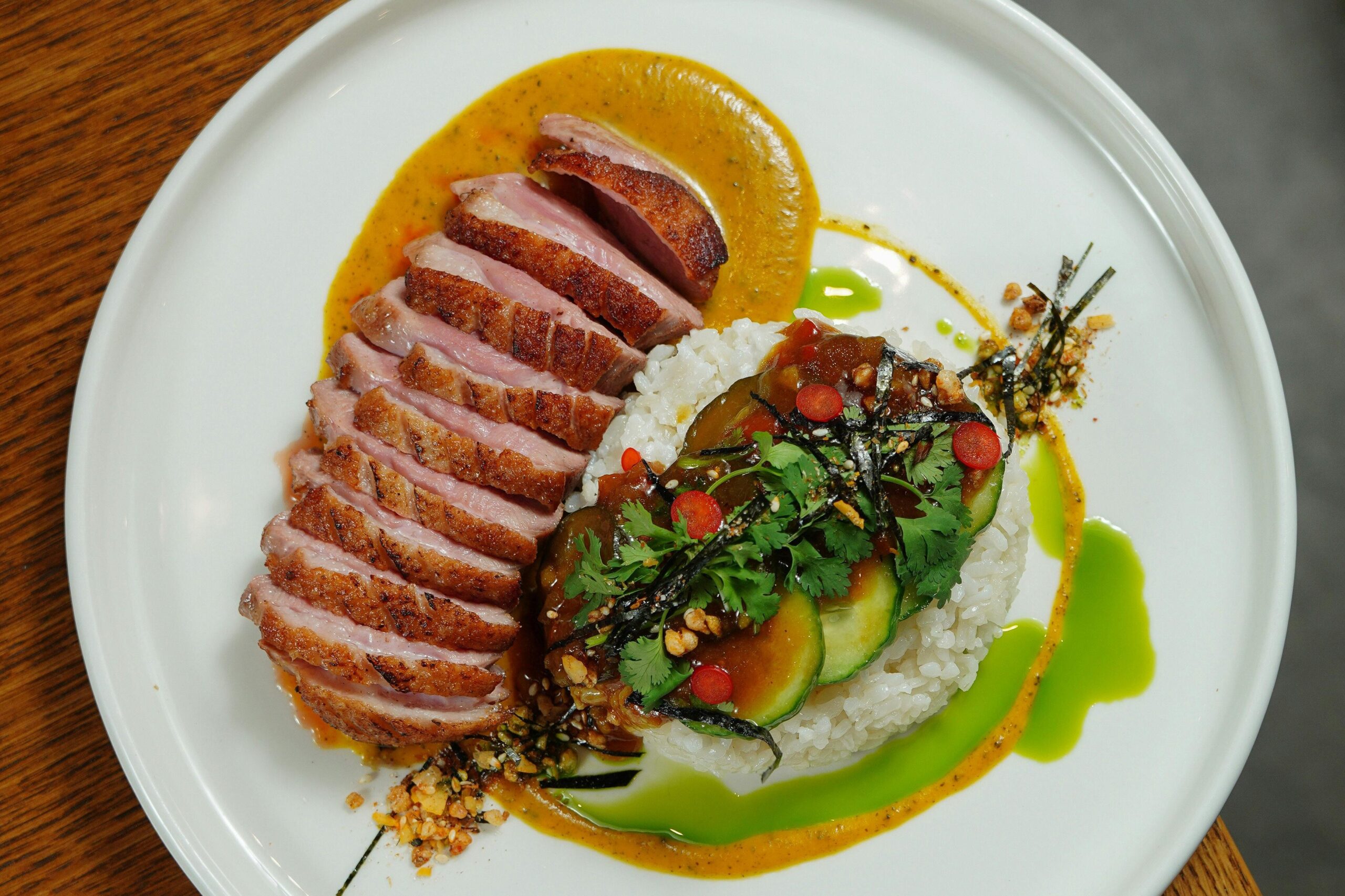
Exercise and the 90 30 50 Diet Plan
Combining Diet and exercise helps to accelerate fat loss while preserving muscle.
- Strength Training: Strength training: Weight lifting is the main focus to build or maintain muscle.
- Cardio: Exercise moderately intense cardio to burn calories.
- Flexibility: Stretching and yoga can help you recover faster.
The Science Behind the Plan
- The role of protein in weight loss: A high-protein diet boosts the metabolism and maintains muscle mass during weight reduction.
- Weight and hormones: Fats and healthy hormones such as leptin, ghrelin, and others that regulate appetite are dependent on healthy fats.
- Reduced carbohydrate intake stabilizes blood glucose and decreases fat accumulation.
Long-Term Maintenance
- Transition Gradually: Continue to monitor your weight and increase carbohydrate intake after you reach your target.
- Flexible Eating: You can indulge occasionally without compromising your goals.
- Stay Active: regular exercise is essential to maintain results.
Potential Pitfalls to Avoid
- Over-Restricting Calories: Having too few calories may slow down metabolism and cause fatigue.
- Skipping Healthy Fats: Avoiding healthy fats can cause hormone imbalances and lower energy levels.
- Ignoring Fiber: Choose high-fiber vegetables to aid digestion and increase satiety.
Importance of Tracking and Accountability
Tracking macros ensures consistency and accountability. MyFitnessPal and Cronometer are apps that make logging meals easy. Sharing your progress with friends or a community is another way to boost motivation.
I was surprised at how mindful I have become about my food. I stopped eating without thinking and started to appreciate the quality of the food.

Tips for Long-Term Success
Track Your Macronutrients:
Apps like MyFitnessPal can help you ensure that your meal ratios are 90-30-50.
Select Whole Foods:
For better results, prioritize unprocessed and nutrient-dense foods..
Plan Ahead:
Pre-planning meals saves you time and helps to avoid unhealthy last-minute choices.
Keep Hydrated:
Water helps digestion and reduces snacking.
Adapt Gradually:
Reduce carbs slowly if you feel your body is struggling to adjust.
Keep Active:
To maximize weight loss and muscle preservation, combine the Diet with regular strength training.
The flexibility was what I liked best. The 90-30-50 plan was different from other diets because it allowed me to incorporate foods that I liked, making the journey more sustainable.
Science-Backed Benefits of the 90 30 50 Diet Plan
- Higher Thermogenesis:
As protein requires more energy for digestion, it can increase calorie burning. - Preservation of Muscle Mass:
High-protein diets can help to maintain lean mass when you are trying to lose weight. - Improved Insulin Sensitivity:
Reduced carbohydrate consumption can help reduce insulin resistance, which is a major factor in obesity.
MOST SEARCHED TOPICS
Key Components of the 90 30 50 Diet Plan
Define the main elements of this diet program, focusing on the ratio of macronutrients. Discuss the suggested proportions of carbohydrates, proteins, and fats.
- Carbohydrates (30 30 percent): Emphasize the importance of complex carbohydrates derived from sources such as fruit, whole grains, and other vegetables. They are essential for nutrient supply and provide long-lasting energy.
- Proteins (50 percent): Highlight the importance of protein in encouraging the feeling of fullness and keeping the muscle mass that is lost during weight loss. Consider sources of protein such as lean fish, lean meats, plants, legumes, and other protein sources.
- Fats (20 20 percent): Discuss the importance of healthy fats derived from avocados as well as seeds, nuts, as well as olive oil. These aid in overall health while also helping to maintain your satisfaction.
Health Benefits of the 90 30 50 Diet Plan
Find out the benefits of this plan of eating not only to lose weight but to improve overall well-being. Discuss how this approach could lead to increased health and energy levels as well as better digestion and improved absorption of nutrients. Consider how this approach can assist you to keep healthy blood sugar levels as well as reduce inflammation as well as improve the health of your heart. Be sure to emphasize that weight loss sustainable is about developing good eating habits that are able to be sustained over the long term.
Sample Meal Plan and Recipes
Offer readers the sample menu plan, as well as straightforward recipes that follow 90-30-50 Diet Plan ratios. In other words, make each day’s menu that includes meals, breakfast, lunch as well as snacks. Ensure that every meal is in line with the recommended distribution of macronutrients. Include recipes like:
- Breakfast: Greek yogurt with mixed berries and a sprinkling of Granola.
- Lunch: Quinoa salad made of mixed vegetables and grilled chicken.
- Dinner: Roasted salmon served along with sweet potato steamed broccoli.
- Snacks: Slices of apple with almond butter or hummus along with sticks of carrots.
Tips for Adhering to the 90 30 50 Diet Plan
Give practical advice that will help people stick to the diet plan and make it a viable lifestyle choice. It could be as simple as making meals and keeping a food journal, as well as being aware of the size of portions. Readers need to be aware of their bodies, practice conscious eating, and focus on quantity over quality with regard to the food they choose to eat. It is important to emphasize the need for equilibrium in their eating habits as well as not imposing too many restrictions, which can cause burning out or unhealthy relationships with food.
Potential Challenges and How to Overcome Them
Discuss the common issues that people may encounter when using the 90-30-50 Diet Plan, like the social aspect, a desire for unhealthy food, or difficulties in finding healthy meals. Give suggestions on ways to overcome these obstacles, like making plans ahead, locating better alternatives to their favorite foods, and being surrounded by friendly people. Insist on how important it is to be patient as well as perseverance, pointing out to readers that weight loss is a process that is a process that takes time and difficulties are common.

Conclusion
This 90-30-50 Diet is an effective and practical strategy for losing weight. This approach promotes fat loss and muscle retention without imposing extreme restrictions. The 90-30-50 Diet is a great way to lose weight, whether you are just beginning your journey or searching for a sustainable approach.
Plan your meals today, track your macros, and stay consistent. Every small step can lead to huge results.
FAQS
What is the 90-30-50 Diet?
Anyone who wants to lose weight in a healthy, balanced way, whether they are busy people, fitness buffs, or those looking to control their portion sizes better.
Is this Diet suitable for vegans and vegetarians?
Plant-based foods like lentils, tofu, and tempeh can provide the required macronutrients.
Can I use this Diet for a long time?
The Diet is safe and sustainable for long-term use, as it has a balanced protein, carbohydrate, and fat intake.
What is the best way to adjust macronutrient ratios for my Diet?
You can adjust the ratios to suit your fitness and health goals.
What happens if you exceed your carbohydrate limit?
It’s okay to make occasional deviations. Stay consistent and get back on track.
Does this plan require me to work out?
Although exercise is important to maintain muscle and maximize fat loss, a diet that promotes weight loss can be effective without it.
How do I track my macros?
You can use apps such as MyFitnessPal and Cronometer to track your carbohydrate, protein, and fat intake.
Do I get hungry when on the Diet?
Protein and fats help to control appetite, so you feel fuller longer.
When can I expect to see the results of my efforts?
The results vary, but most people see an improvement in energy levels and weight within the first two to four weeks.


